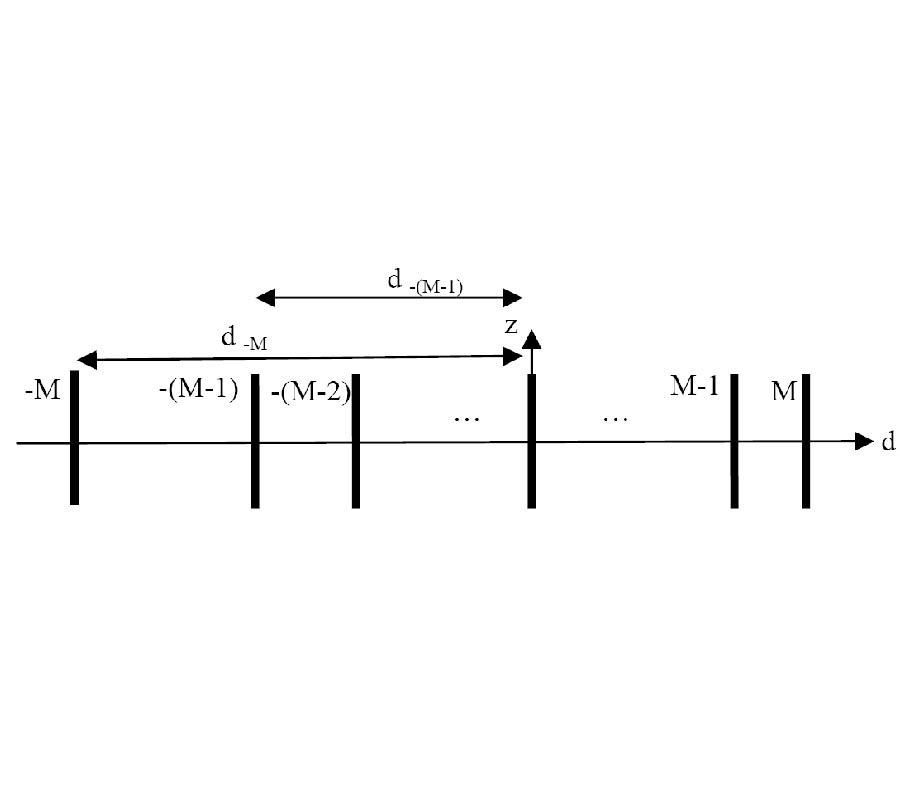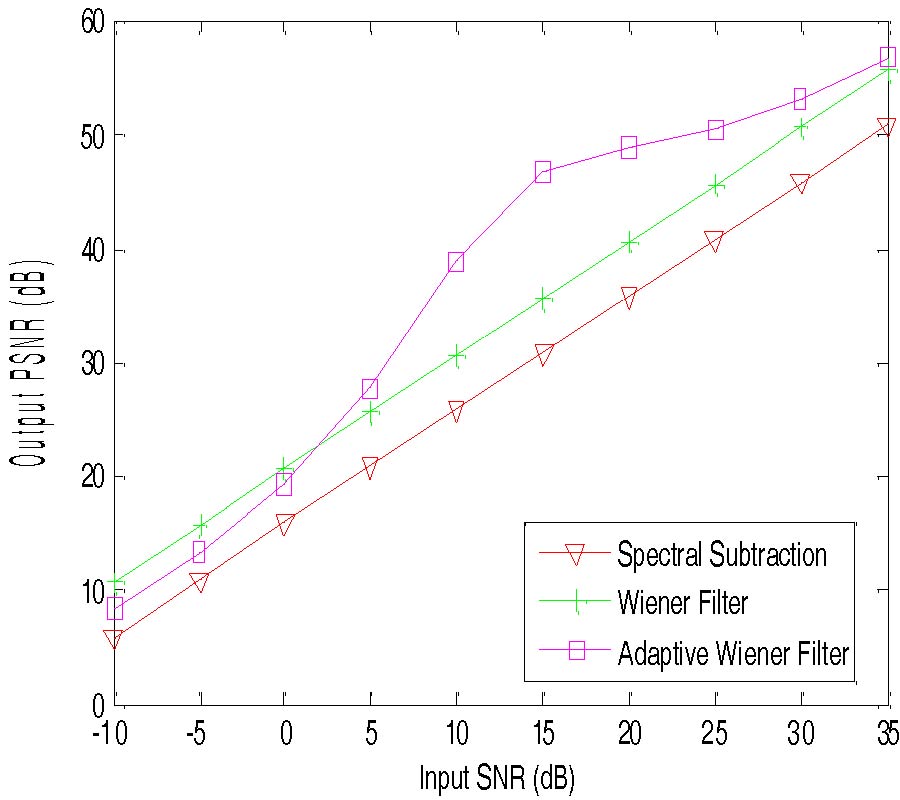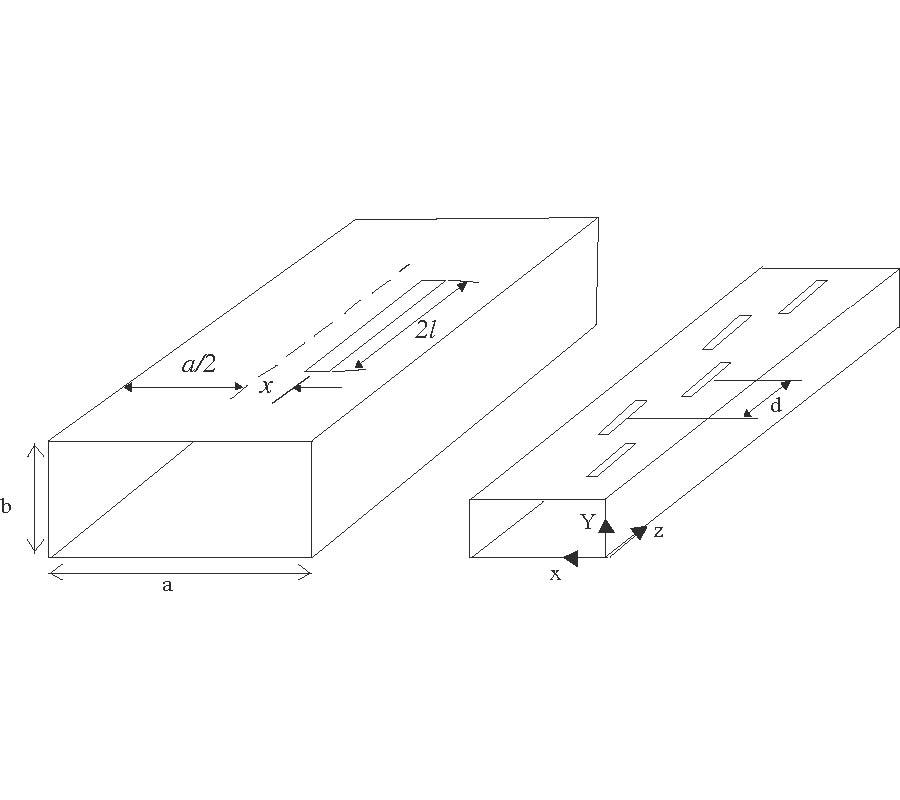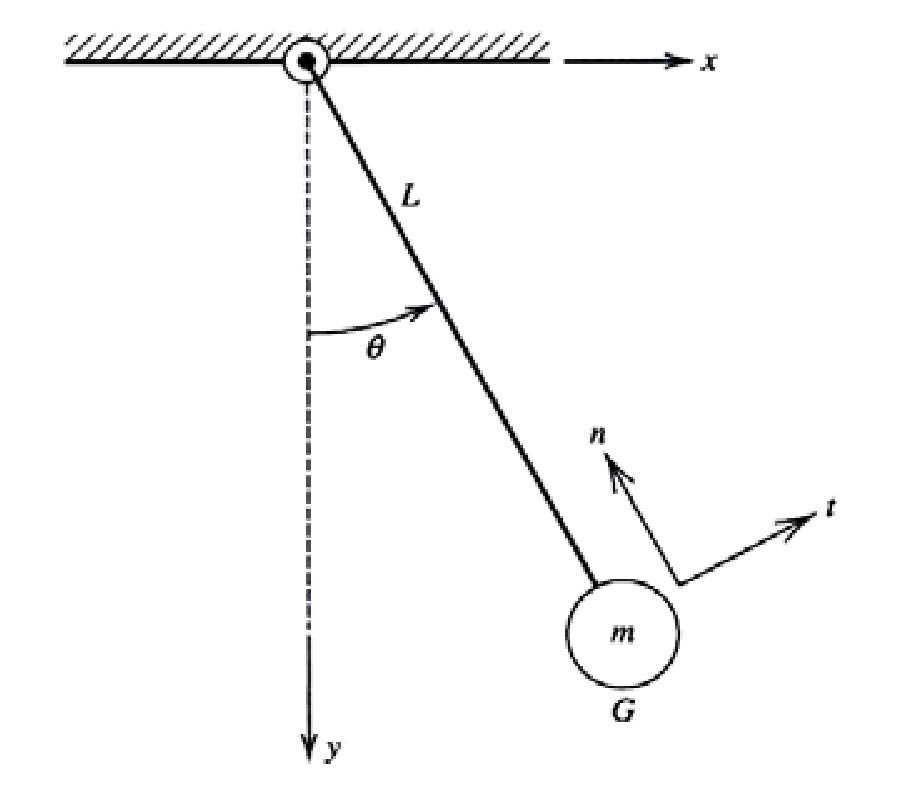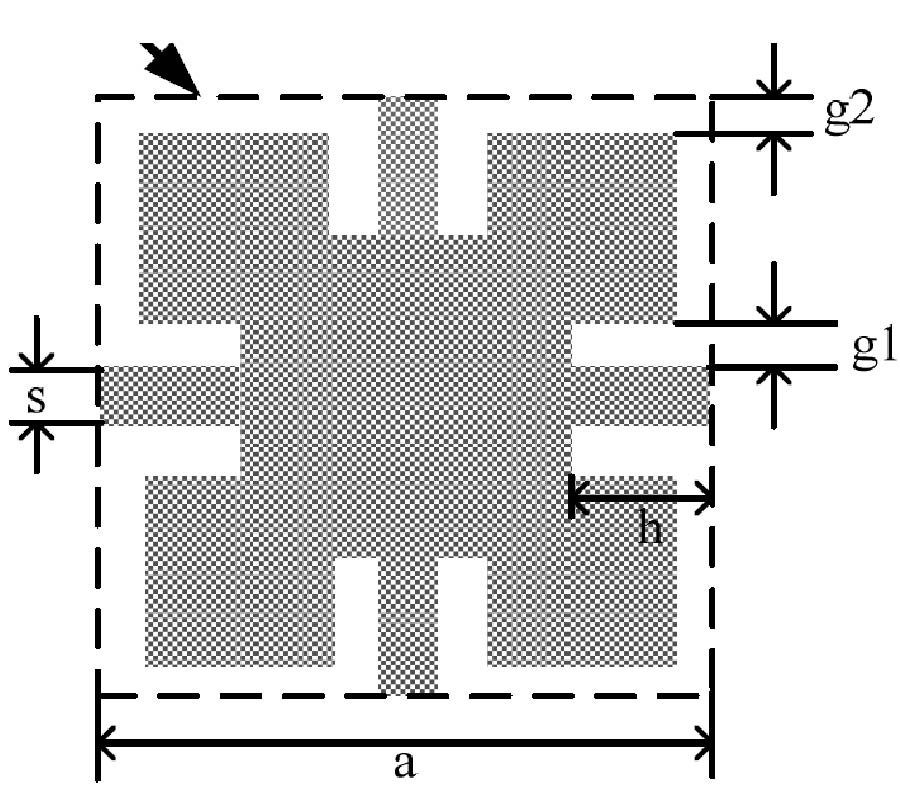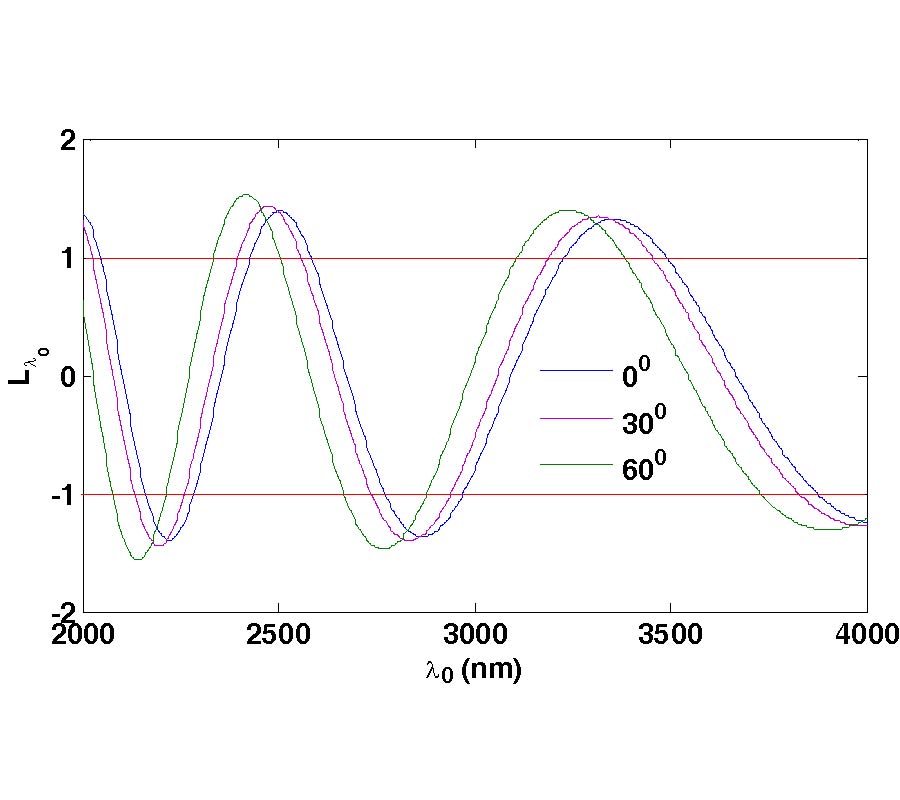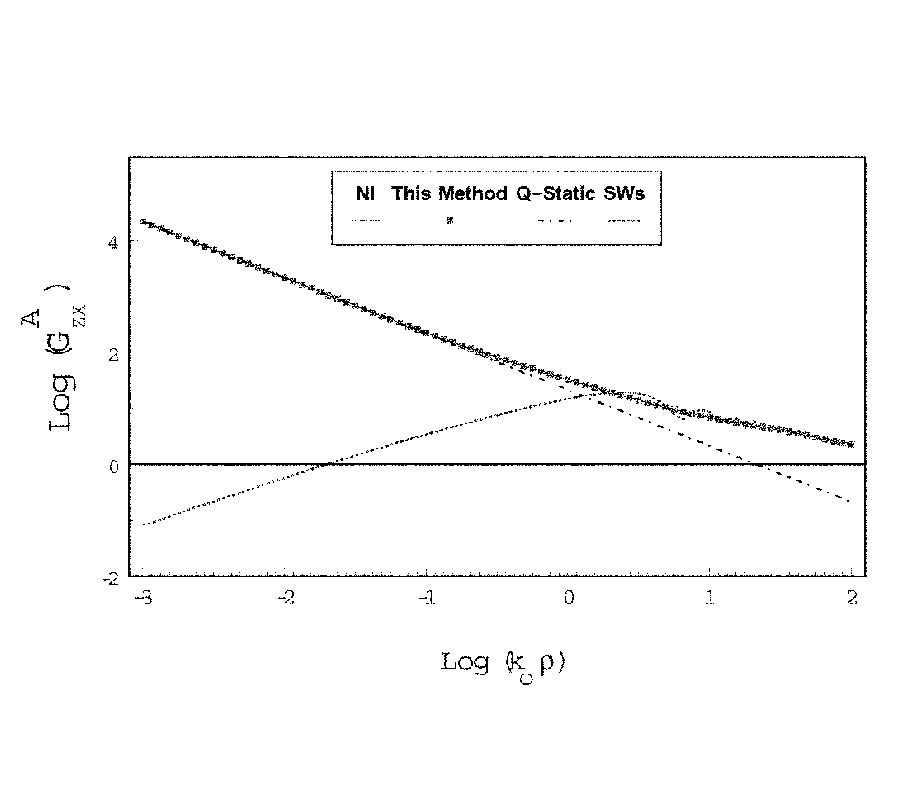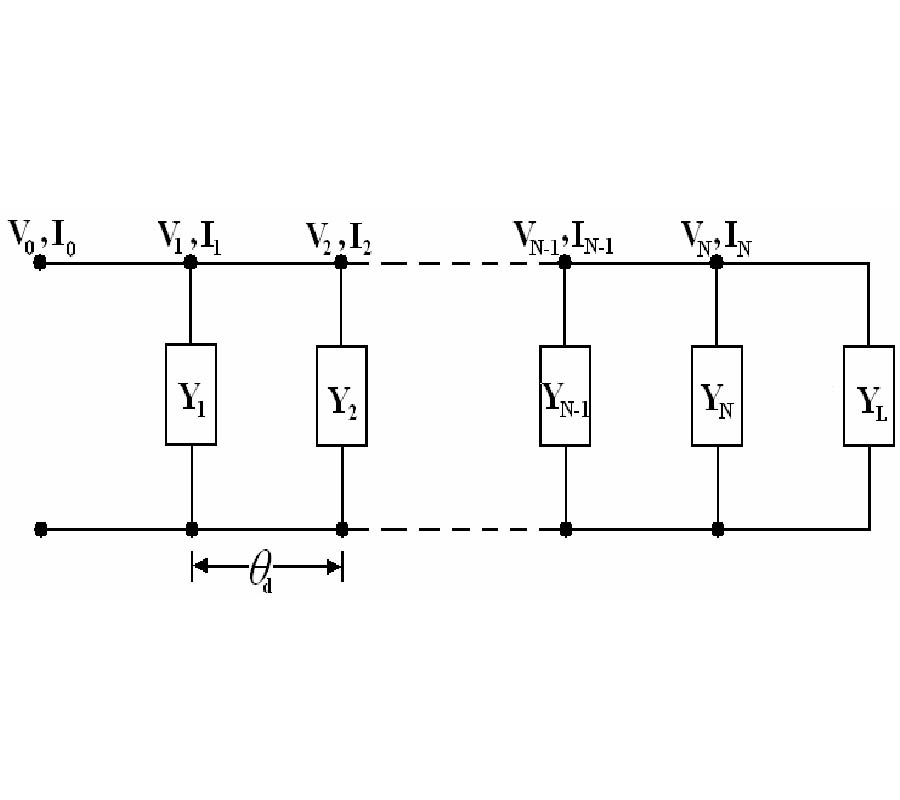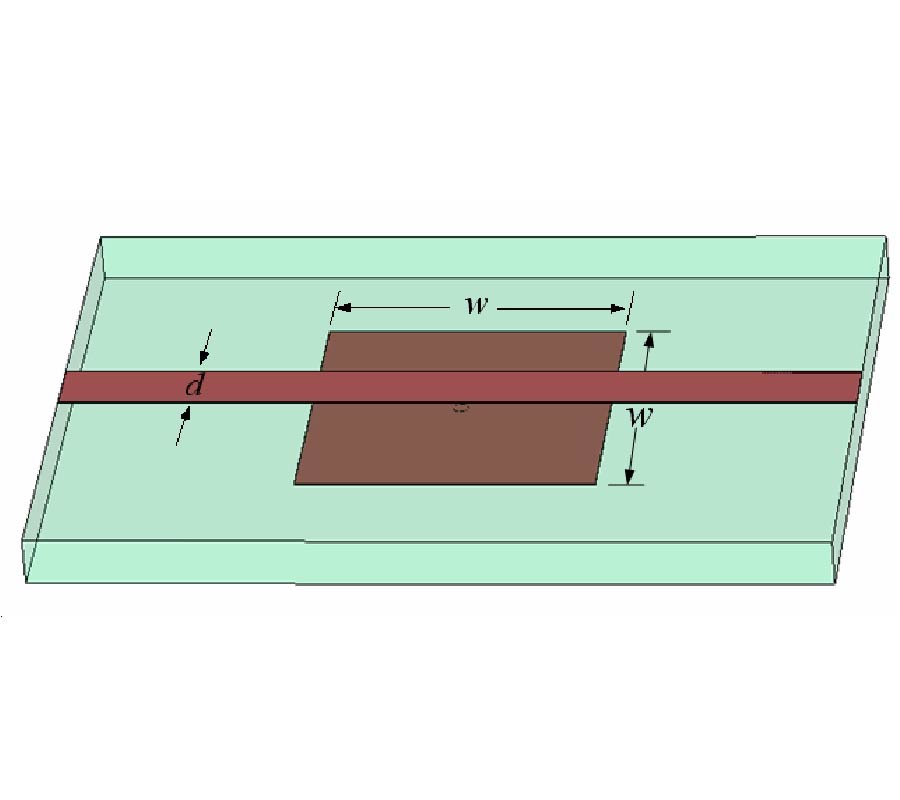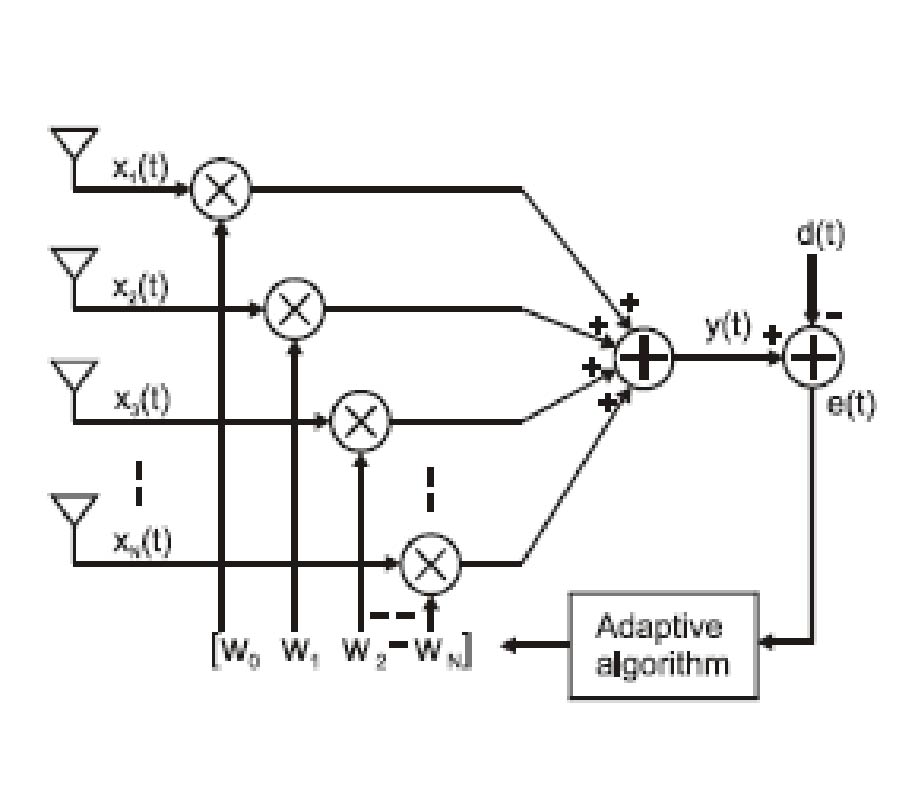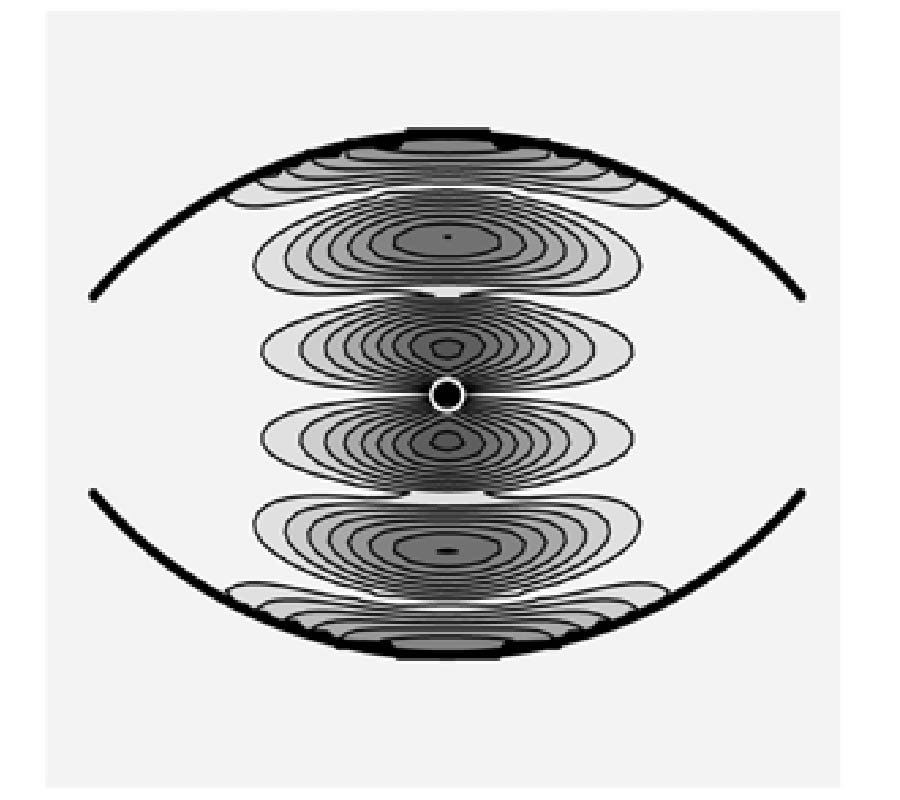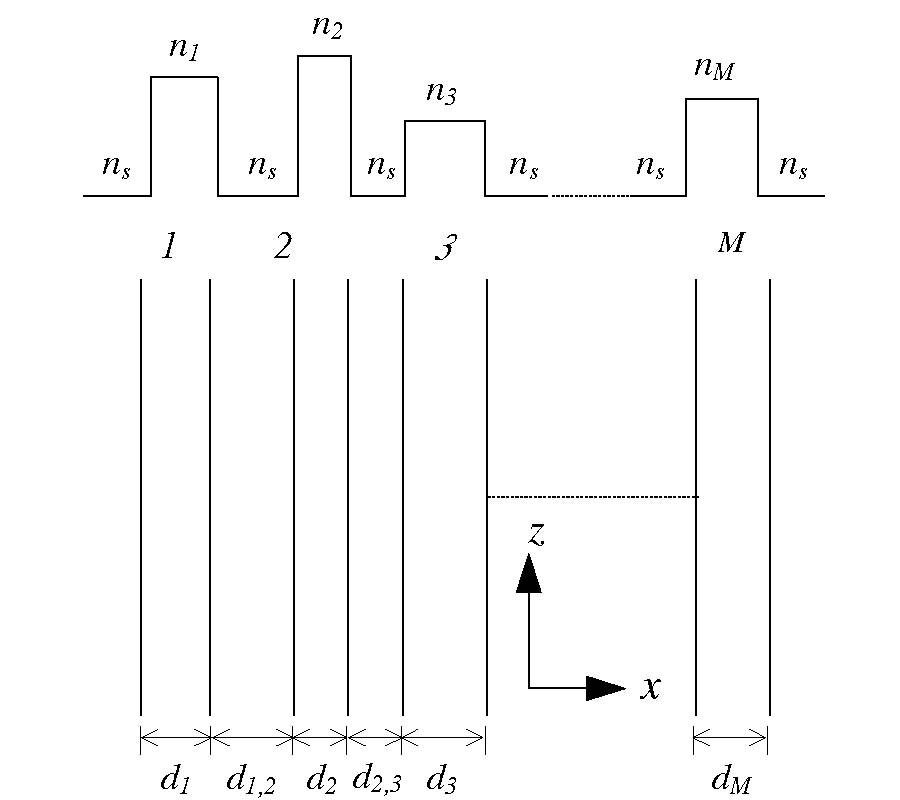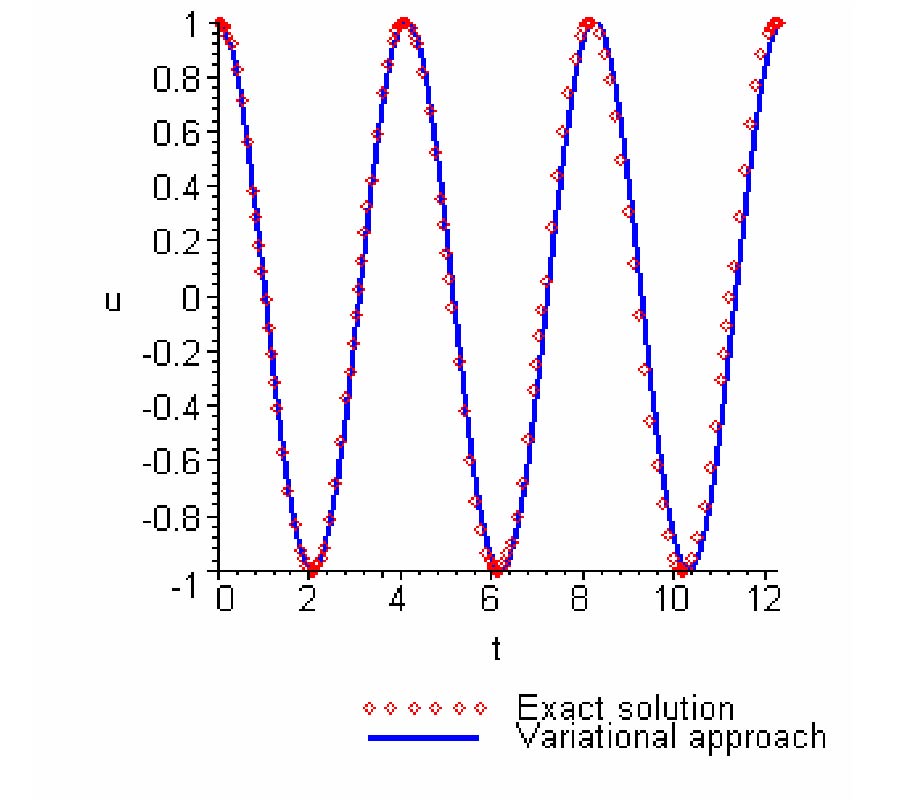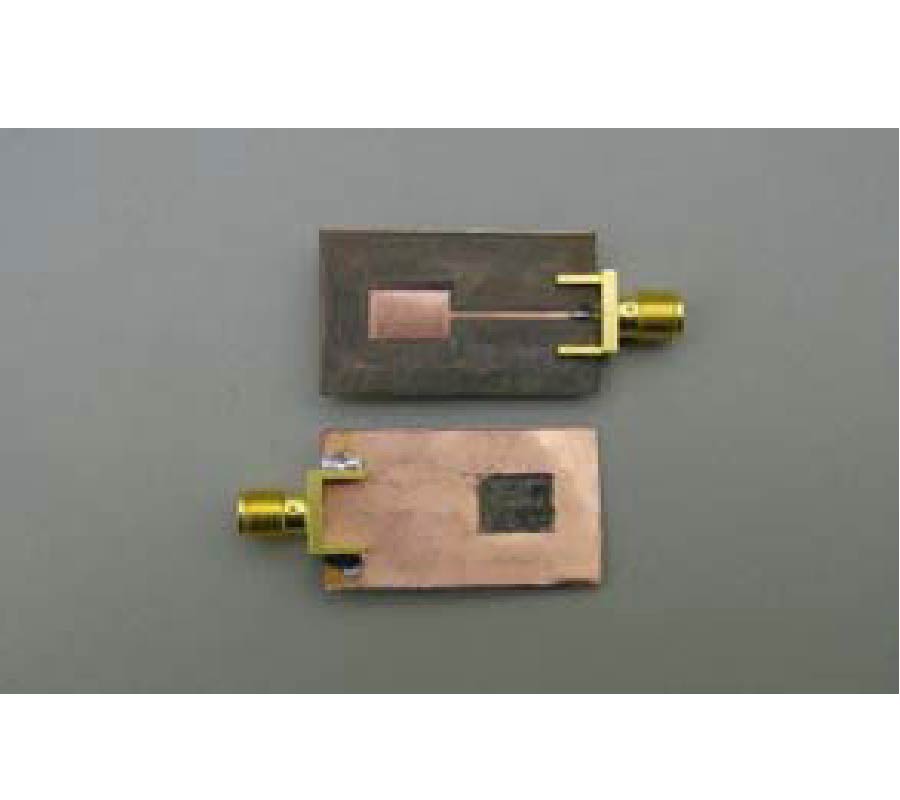Design and Application of a Novel CB-CPW Structure
Jian Wang,
Hou Zhang,
Wei-Hua Chen and
Chuan Sheng
On the base of conductor-backed coplanar waveguide (CBCPW) structure, a novel CB-CPW structure is proposed and analyzed, which is realized by using the UC-PBG structure to replace the back conductor of CB-CPW. From 1.3 GHz to 2.8 GHz, The transmission characteristic of the proposed CB-CPW is better than that of CBCPW, and is similar to that of CPW, therefore, this novel CB-CPW not only owns the advantage of CB-CPW, such as good mechanical strength and good heat yield, but also owns the advantage of CPW, such as good transmission characteristic. At last, a dual-band antenna based on this novel CB-CPW is designed and computed, the numerical results validate that this novel CB-CPW is feasible in microwave application.
